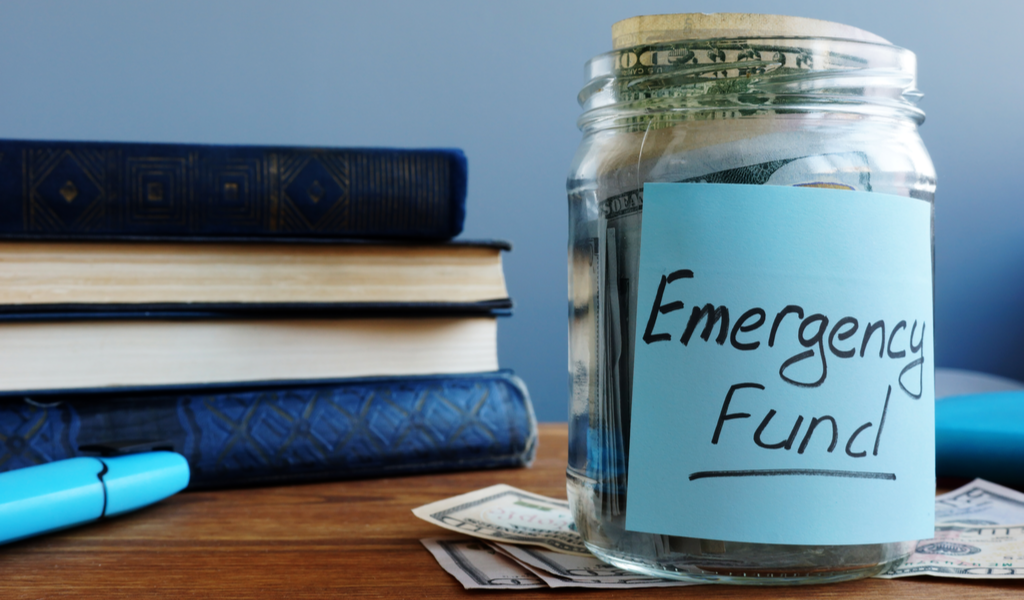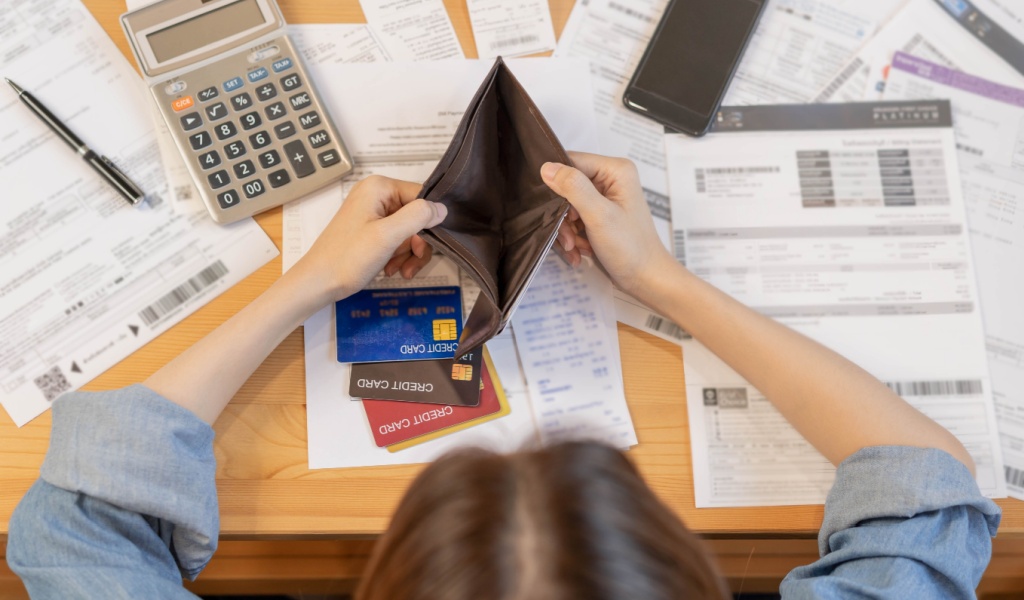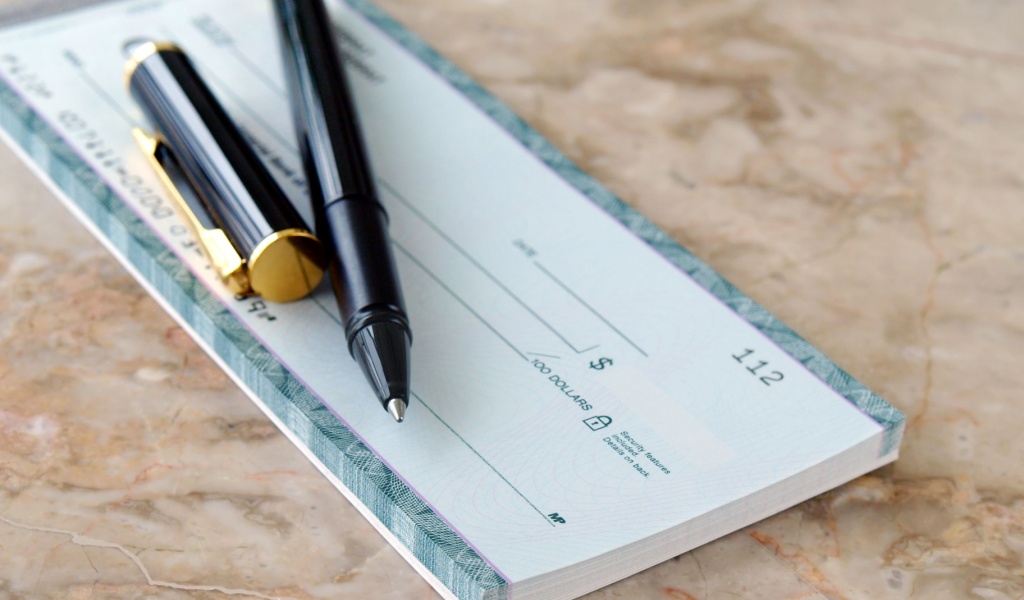No one can predict the future, but anyone can prepare themselves to some extent – especially when it comes to financial matters. An emergency fund can help you do that.
An emergency fund is essential to long-term financial stability. It helps keep you prepared for an unforeseen event in the future – whether it be good or bad. And anyone can start an emergency fund today, you just need to have the right plan to do it!
An emergency fund or “rainy day” fund, as it is sometimes known, should be one of the top priorities of your budget. It protects you from relying on high-interest debt. Even if you put away just $20, that is over $1000 in just a year. This is enough to cover a sudden repair bill or emergency travel.
Apart from the obvious financial benefits of having an emergency fund, one must also consider the mental benefits. If you know that you have some cash stashed away in case of an emergency, you are less likely to lose sleep over the ifs and buts of the future, especially if you are someone that lives paycheck to paycheck.
Here are 5 easy steps to get your emergency fund started:

Determine Monthly Income and Expenses
The first step to starting your emergency fund is to calculate how much money you are earning and how much you are spending in a month. You can track your transactions through budgeting apps or do it the old-fashioned way with a pen and paper. Make sure to chart all your expenses, including essentials such as rent, utilities, and childcare, as well as out-of-pocket expenses like entertainment and dining out.
This will help determine how much you can afford to put away into your emergency fund every month. The sooner you can meet your goal, the better!
Set an Amount
Speaking of goals, the next step is to determine how much should go into your emergency fund. Most financial experts advise that you should have enough to cover at least 3-6 months of living expenses in your rainy-day fund.
You can decide to increase or decrease that time period based on your income status and financial stability. For instance, if you have assets that can be liquidated quickly if needed, you can save less, but if your credit is near its limit and your future income is unstable, you should probably save more.
Draw Up a Savings Plan
Now that you have decided how much should go into your rainy-day fund, it is time to plan on how you will collect that money. Can you afford to cut costs over the next 3-6 months and build up that emergency fund quickly, or are you going to do it gradually over time? Set goals and targets that you can measure. If you feel like the overall number seems too overwhelming, set milestones along the way. For instance, if you decide to save $1000 for your emergency fund, you can first give yourself the goal of saving $300 over the next 3-6 months. Once you achieve that, focus on the next $300, and so on.
It is important to note that taking out loans to build your rainy-day fund is counterproductive and must be avoided at all costs. Your emergency fund should have money from your savings, and not bring debt upon you. The best measure is to cut costs wherever necessary to access extra funds, or even take up extra jobs temporarily until your goal is complete.
Open a Separate Bank Account
Go to the bank and open up a separate saving or checking account. This is important to do because the money in your emergency fund needs to be kept away from the money you use for daily expenses, but it also should be instantly accessible if need be.
Other places where you can hold your emergency fund may be a bank or credit union that provides some return on your deposit and one that allows your funds to be withdrawn without notice or penalty. If you are considering options like a certificate of deposit, money market fund, or mutual fund, make sure to check how accessible your money will be in case of an emergency.
Stick to the Plan
A lot of the time, sticking to a plan can be the hardest part of the entire operation. You must set realistic goals that you know you can achieve, otherwise, it would be too easy to give up on the plan because it’s not going to work no matter how hard you try.
You may lose steam over time or neglect your goals, so you must make the plan easy to follow. You can do this by setting up an automatic transfer system that moves a predetermined amount of money to your emergency fund account as soon as your paycheck rolls in. Keeping it in a separate account is the best way to keep yourself from taking that money. You can also label it “for emergency use only” so that it gives you an extra reminder. to not use it unnecessarily.



